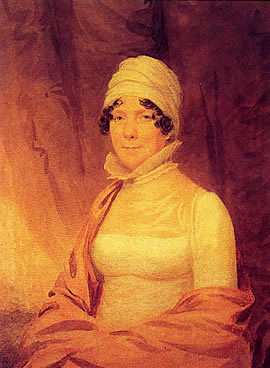On Christmas day I discovered the Greensboro, NC Amtrak station for the first time. It is an authentic restoration of a bygone relic and abandoned ways. Trains have been a part of Greensboro's history since the famous Govenor Motley Morehead convinced the rail companies to route through the piedmont region. The last Confederate cabinet of Jefferson Davis stayed in a railcar near this station in 1865 as the Confederacy was disolving around them.
The current structure for Greensboro Station was originally built in 1927 as the Greensboro Southern Railway Depot. It was a replacement for an 1899 Southern Railway Depot that still exists today. During the Second World War, the station saw many a soldier arrive and depart after traing in the local army camps.The depot was donated to the city in 1978, a year before the Southern Railroad ended passenger service. Service to the old station wasn't reopened to the public until October 1, 2005 with the renewed interest for establishing rail service as an alternative form of transportation.
Designed by the New York architectural firm of Alfred Fellheimer & Steward Wagner, the 1927 Beaux-Arts facade features Ionic columns, a full entablature, and a three-story arched entry. Inside, the ticketing area features a vast mural displaying the service area of the Southern Railway system in the 1920s.
My brother-in law decided to travel the rails home for Christmas because he likes to ride trains. As a young man, Michael traveled extensively throughout Europe on a EuroPass touring France, Italy, Germany,Belgium and the Scandinavian countries. As we waited for his train to arrive, he entertained me with stories of his travels in his youth. As I looked around the waiting benches, I realized that there were many stories and many travelers on this day. Some were buried in their smart phones, some laughing and joking with companions, and others sitting lonely and silent. Young couples, elderly grandparents, and single young persons of every nationality congregated here to travel on this joyous day of celebration. Were they leaving home, or were they returning home? Travelers all, not really so different from the original Christmas day. My brother-in-law throughly enjoyed his trip home on the Carolinian ,and he has decided to repeat the experience; like I said, he likes to ride trains.
| Station statistics | |
|---|---|
| Address | 236 East Washington Street Greensboro, NC |
| Coordinates | 36.0695°N 79.7871°W |
| Lines | |
| Connections | GTA, PART Greyhound |
| Platforms | 2 island platforms |
| Tracks | 4 |
| Parking | Yes; free |
| Baggage check | Yes |
| Other information | |
| Opened | 1927 |
| Closed | 1978 |
| Rebuilt | 2005 |
| Accessible | |
| Code | GRO |
| Owned by | City of Greensboro |
| Traffic | ||||||||||||||||||||
|---|---|---|---|---|---|---|---|---|---|---|---|---|---|---|---|---|---|---|---|---|
| Passengers (2012) | 134,888[1] | |||||||||||||||||||
| Services | ||||||||||||||||||||
| ||||||||||||||||||||
.jpg)












































